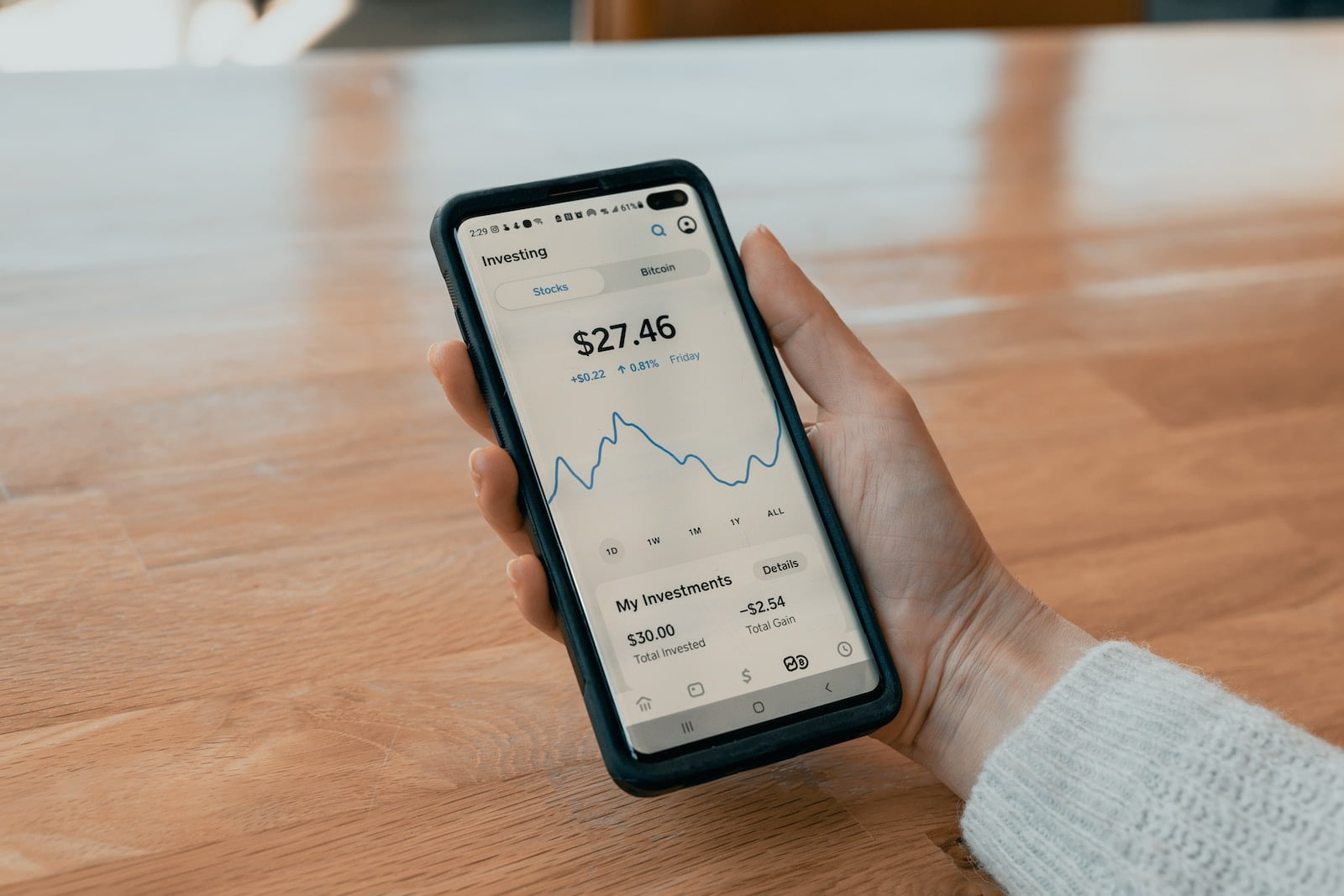
Backtesting Strategies: Unveiling the Secrets of Successful Trading
In the fast-paced world of financial markets, success in trading doesn’t come by chance. It requires meticulous planning, disciplined execution, and a deep understanding of market dynamics. One of the essential tools at a trader’s disposal is backtesting. Backtesting strategies allow traders to test their trading ideas against historical data, helping them uncover the secrets to successful trading. In this blog, we’ll dive into the world of backtesting, exploring what it is, why it’s crucial, and how you can use it to enhance your trading strategy.
What is Backtesting?
Backtesting is a process in which traders simulate their trading strategies using historical market data to evaluate their performance. It involves applying a set of trading rules or strategies to past price and volume data to see how they would have performed in real-time. By doing so, traders can gain insights into the effectiveness of their strategies and make informed decisions about their trading approach.
Why is Backtesting Crucial?
Risk Management: Backtesting helps traders assess the risk associated with their strategies. By analyzing historical data, you can identify potential drawdowns and losses, allowing you to adjust your risk management parameters accordingly.
Strategy Optimization: Successful trading strategies are not static; they evolve with changing market conditions. Backtesting allows you to fine-tune your strategies by identifying strengths and weaknesses, leading to better performance in live trading.
Psychological Preparation: Knowing that your strategy has performed well in the past can boost your confidence as a trader. It can help you stick to your plan during periods of drawdowns or market turbulence.
Objective Decision-Making: Backtesting provides objective data on how a strategy would have performed, removing emotional biases from your trading decisions.
How to Backtest Effectively
Data Quality: Start with high-quality historical data. Accurate and detailed data is essential for reliable backtesting results.
Define Clear Trading Rules: Clearly outline your trading strategy’s entry and exit rules, as well as risk management parameters. This ensures consistency during the testing process.
Choose the Right Timeframe: Consider the timeframe that matches your trading style, whether it’s day trading, swing trading, or long-term investing.
Use Appropriate Software: Utilize backtesting software or platforms designed for this purpose. Many trading platforms offer built-in backtesting tools.
Avoid Over-Optimization: While it’s crucial to optimize your strategy, be cautious not to over-optimize it to fit historical data perfectly. Over-optimized strategies may fail in live markets.
Common Pitfalls to Avoid
Ignoring Transaction Costs: Remember to account for transaction costs (e.g., commissions and slippage) in your backtesting, as they can significantly impact your profitability.
Data Snooping Bias: Avoid cherry-picking historical data to support a specific outcome. Use out-of-sample data for validation to ensure your strategy works in different market conditions.
Overlooking Market Conditions: Be aware that market conditions can change over time. A strategy that worked well in the past may not perform the same way in the future.
Ignoring Risk Management: Don’t neglect risk management during backtesting. It’s a critical aspect of trading success.
Conclusion
Backtesting strategies is an invaluable tool for traders seeking success in the financial markets. It provides a means to evaluate and refine trading strategies, manage risk, and make objective decisions. By understanding the secrets of successful trading through backtesting, you can increase your chances of achieving your financial goals and navigating the complex world of trading with confidence. Remember, successful trading is a journey, and backtesting is your compass guiding you along the way.
